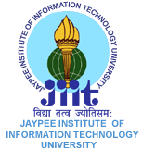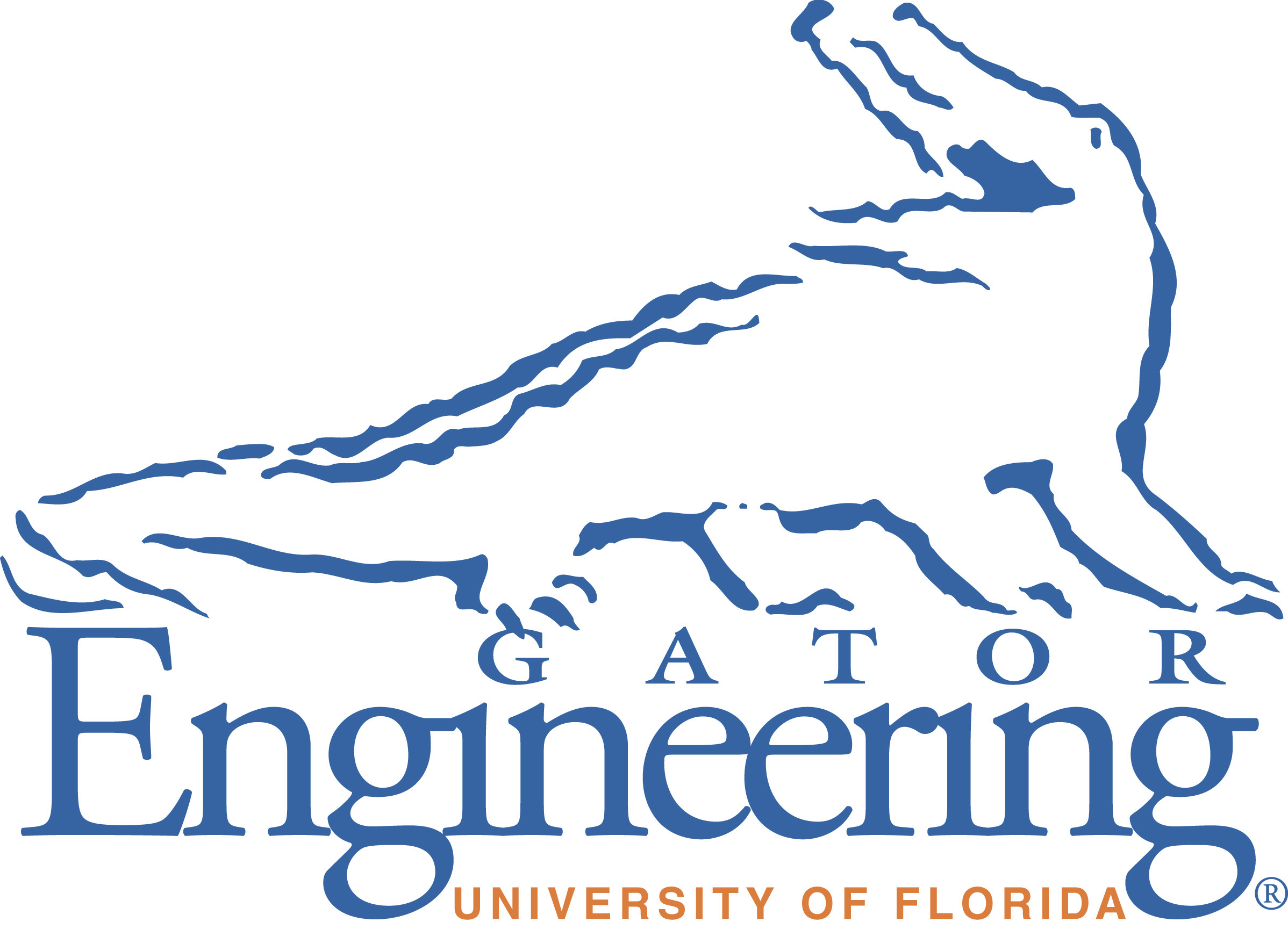 |
 |
|
|
|
||
Title: Content Based Adaptive Video Streaming for E – Learning
Team Members: Vidit Saxena & Ankit Saxena
Affiliation: IIT Roorkee
We have developed such a system wherein the user is provided with the option of changing the perceived media quality in accordance to his requirements and available bandwidth. If the current information is relatively important or higher bandwidth is available, the user may switch to a higher quality. On the other hand, if the importance is low, the user has the option of switching to a lower quality in real time to save precious bandwidth and reduce buffering time and jitter. We implemented this system using various platforms: standalone applications using VC++ and JAVA, and browser based applications using PHP. We did extensive experimentation on various protocols like TCP/IP, RTP, and HTTP etc, and
compared the results and advantages/disadvantages of the various
applications. Our results and conclusions are presented in this paper, along
with our proposed best solution for the problem.
Title : Atlas America
Team Members: Rajan Vaish
Affiliation: JUIT Waknaghat
Abstract : Atlas America,is Geography teaching application which deals specifically in the maps of America ( North & South America ) and is developed for One Laptop Per Child - Mexico ( OLPC - MX ) in Spanish currently , the application is protected by Creative Commons Attribution 2.5 license.The application has its 2 releases for Windows and uses technologies like OpenLayers, MapServer, GeoRSS and PHP.
Atlas America has a set of 20 chapters covering various Geographic attributes with 3 add-ons in its next release where children can upload more than 500 images for every tag they see on maps,they can maintain editable notes for all chapters and with a Google Gadget they can browse for Geographic videos ,thereby giving children 3 way learning experience text,images and videos.
Title Finite sate modeling and testing of image base authentication system
Team Members: Utkarsh Shrivastava & Manisha Rana
Affiliation: JUIT, waknaghat
Secure environments protect their resources against unauthorized access by enforcing access control mechanisms. So when increasing security is an issue text based passwords are not enough to counter such problems. This is where Image Based Authentication (IBA) comes into play. IBA enhances the security level in an exceptionally user friendly way. This paper is a comprehensive study and comparison of proposed Jaypee University of Information Technology–IBA System with the University of Florida–IBA System on the subject of using images as the password set. Furthermore the paper introduces a holistic view of Completed Finite State Automation (CFSA) modeling that can be carried out as a complementary step to system modeling, enabling a precise scalability of the test process, revealing much rationalization potential. Finite-state based notions enable to introduce efficient algorithms to generate Legal Interaction Pairs (IPs), Faulty Interaction Pairs, and Regular Expression (RegEx).
Title :Implementation of an Open source ERP Module
Team Members: Satyamitra, Prakhar bansal , Shalabh Aggarval & Abhigyan raghava
Affiliation: IMS Ghaziabad
No doubts ERP Provides an edge to the organization with these advantages there include the ERP software cost as an example according to ERP Knowledge Base (Professional it community) cost of an oracle ERP software is around $1,200,000 for a company of just 300 persons and assuming that each employee only use one application it would be doubled as the no of application used by each employee is doubled not only this there is an yearly renewal cost of the ERP software which is around $3,00,00 . There is an implementation cost, hardware cost training cost and hidden cost . It is quiet understandable that it even did not match the yearly turn over of an SME.
Considering the all above fact we the student members of open source club of IMS Engineering College had research out the “open source” solution for it. we have identified several almost comparable open source software’s available . which are free of cost and no renewal and license cost . and Implemented the software module with an demo data of some organization as part of our project .
Title Design of a Microstrip Patch TCAS Antenna
Team Members: Ashish Jain
Affiliation: JIITU Noida Passout
The current system of TCAS (Traffic Alert and Collision Avoidance System), which is installed in most of the modern a/c, does the work of notifying and warning the crew beforehand of a potential threat situation with any airborne object in close vicinity of the aircraft. As a part of the equipment, two TCAS antenna are put on the aircraft’s body, one on the top and the other on the belly. The shapes of these antennae protrude from the body of the aircraft, which offer resistance to the airflow. This resistance disrupts the smooth flow of the air on the body of the aircraft making the aircraft require more energy to move forward. A suitable solution to this problem is suggested. A microstrip antenna is designed using the formulae of the transmission line model. Microstrip antenna can be embedded in the body of the aircraft thereby solving the problem of disrupted airflow. As the frequency of operation of the TCAS antenna is known a suitable substrate is chosen which optimum for that frequency of operation is. Again using the frequency of operation of the antenna other parameters are calculated using the transmission line model formulae. The physical parameters are slightly varied to conform to the gain and other specifications for real time operation. The final patch obtained is simulated on the Advanced Design System (ADS) software to validate the theoretical results obtained earlier. The software offers great flexibility in terms of simulating the design with varied parameters and helps to understand closely the dependence of the properties of the patch on different parameters. The simulation results provides us with various parameters to judge the behavior of the patch such as s-parameters, electric and magnetic field plots, polar and Cartesian plots, gain, directivity etc.. So a trade-off can be reached if required to comply with the original parameters without changing the behavior. The microstrip feed-line parameters are also calculated by a tool provided in the software known as Line Calc. The dimensions of the line obtained from this are simulated along with the patch after doing the required impedance matching and the results are validated theoretically. So a final patch is generated which replicated the properties of the real TCAS antenna and can be embedded in the body of the aircraft thus, the disruption to the airflow will no longer be there and the objective will be achieved.
Title Stegnography
Team Members:Pranali Jain
Affiliation:GGSIP
To make a program that can read a sequence of vertical bars n spaces i.e. black n white strips, using VISUAL BASIC coding without the help of hardware n thereby generating the corresponding code for given EAN - 13 barcode.
Title Web Portal for IGIT
Team Members:Somya Gupta, Kamakshi Sharma, Rasagya Bagga, Ritika kathuria, Mohona Ghosh, Sugandha, Mansi Kharbanda, Swati Gupta, Minoti Singh, Swati Jain, and Muskan Chani
Affiliation:IGIT, New Delhi
The project “IGIT Web Portal” aims at developing an official web portal for the institution, “Indira Gandhi Institute of Technology”. It accomplishes the following objectives:
-
A well planned platform to provide the students and users an easy access to information and services of the college.
-
Integrated campus related information held by the college authorities (academic, administrative and disparate systems of the college).
-
An interactive environment providing a convenient set of communication services, relevant links and downloadable data for the students.
-
A single, personalized interface to all information resources in a secure and consistent manner.
-
A professional website with a good aesthetic sense
-
Catering to people’s expectations when they visit our portal
The web-portal includes the website of IGIT as well as the Student Portal. The Student portal is a dynamic medium where students can interact live through forums, respond to polls, download papers, e-books as well as upload relevant information or files. Specific forums for the college societies, student branches and alumni have also been provided. The Student portal aims to create a technology oriented environment in the college.
Title PC OSCILLOSCOPE
Team Members: Anubhav Singla and Manish Kumar Singh
Affiliation: Electronics Club, IIT Kanpur
Abstract –The problem of obtaining a portable, student friendly device for plotting the graphs or testing the circuits for any competition as in the technical fests. This report describes our device - which is an easy way to achieve this by the combination of PC, microcontroller and a custom made GUI.
Title: POV Display
Team Members: Arpit Nema and Ankit Malhotra
Affiliation:Electronics Club, IIT Kanpur
The project aims for the development of a simple display by utilization of the Persistence of Vision effect.
Persistence of Vision is the ability of the eye to retain the impression of an image for a short time after the image has disappeared. This ability can be used to create an illusion of images/characters floating in the air, by rapidly flashing a column of LEDs while moving the display in air. Thus to make the display we have to do the following
1. Design a circuitry to control the flashing of LEDs in a LED column.
2. Program the circuit to flash in an appropriate pattern.
Synchronize the flashing with the motion of the display.
A-10, Sector 62, Noida-201307, Uttar Pradesh, India
Copyright © 2007 All Rights Reserved.